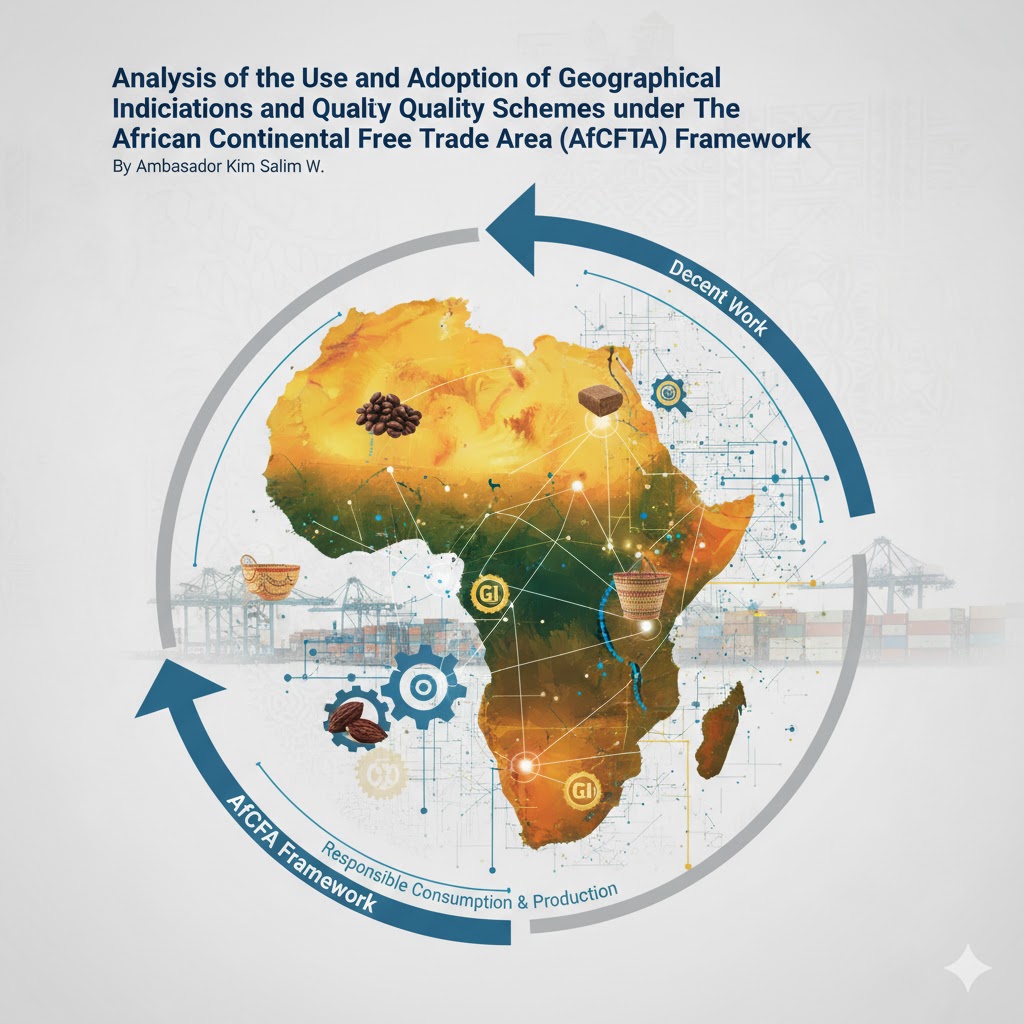
Analysis of the Use and Adoption of Geographical Indications and Quality Schemes under the African Continental Free Trade Area (AfCFTA) Framework
By Ambassador Salim Kim Walusimbi
The African Continental Free Trade Area (AfCFTA), launched in January 2021, represents a historic milestone in fostering economic integration across 54 African Union (AU) member states, creating a single market for 1.3 billion people with a combined GDP of US$3.4 trillion. As a flagship project of the AU’s Agenda 2063, the AfCFTA aims to boost intra-African trade, enhance competitiveness, and promote sustainable socio-economic development. Within this transformative framework, Geographical Indications (GIs) and quality schemes emerge as powerful tools to leverage the comparative advantages of Regional Economic Communities (RECs) and their unique products and services. This analysis explores the adoption of GIs under the AfCFTA, the schemes in use, and their potential to enhance the trade ecosystem, with a focus on Uganda’s role within the East African Community (EAC) and the broader African market.
The Role of Geographical Indications in the AfCFTA Framework
Geographical Indications, as defined under the World Trade Organization’s (WTO) TRIPS Agreement, identify products originating from a specific region, where their quality, reputation, or characteristics are attributable to that origin. In the AfCFTA context, GIs offer a mechanism to protect and promote Africa’s diverse agricultural, artisanal, and cultural products, fostering regional value chains and enhancing market access. By addressing market failures such as information asymmetry, GIs ensure consumer trust in product authenticity, enabling premium pricing and reinforcing the competitiveness of African goods in regional and global markets.
The AfCFTA’s strategic objectives, as outlined in Article 3 of the Agreement, include expanding intra-African trade, promoting industrialization, and enhancing competitiveness through diversification and regional value chain development. GIs align with these goals by enabling African countries to capitalize on their comparative advantages—such as unique agro-climatic conditions, traditional knowledge, and cultural heritage—while fostering sustainable development and gender equality. For RECs like the EAC, Economic Community of West African States (ECOWAS), and Southern African Development Community (SADC), GIs provide a framework to harmonize trade standards and promote regionally distinct products, thereby strengthening intra-African trade, which currently accounts for only 15% of the continent’s total trade compared to 68% in Europe and 58% in Asia.
Adoption of GIs under the AfCFTA Framework
The AfCFTA framework explicitly includes cooperation on intellectual property rights (IPRs), with negotiations on a dedicated Protocol on Intellectual Property Rights ongoing as part of Phase II discussions. While the AfCFTA Agreement itself does not yet detail specific GI provisions, it builds on existing REC frameworks, which serve as building blocks for continental integration. RECs such as the EAC, ECOWAS, and SADC already have established trade liberalization programs, and the AfCFTA seeks to harmonize these efforts to create a unified market. The absence of a consolidated GI framework within the AfCFTA text presents both challenges and opportunities for stakeholders to integrate GIs into the trade ecosystem.
In Uganda, the Geographical Indications Act of 2013 provides a robust legal foundation for GI protection, administered by the Uganda Registration Services Bureau (URSB). This legislation aligns with the AfCFTA’s objectives by enabling the registration and protection of products like Mount Elgon and Rwenzori coffees, Arua honey, and Moo Yaa (shea butter) from Northern Uganda. The URSB’s National Working Group on GIs has been proactive in engaging stakeholders, particularly in regions like Northern Uganda, to promote GI registration and awareness. These efforts are critical for positioning Ugandan products within the AfCFTA market, where reduced tariffs and non-tariff barriers (NTBs) under the Guided Trade Initiative (GTI) facilitate cross-border trade.
Across RECs, similar initiatives are emerging. For example, ECOWAS has supported GI development for products like Ghanaian cocoa and Shea butter, while SADC promotes Rooibos tea from South Africa and Malawi’s Kilombero rice. These efforts leverage the AfCFTA’s tariff liberalization commitments, with 47 of 54 signatory countries ratifying the agreement and committing to removing tariffs on 90% of products. The AfCFTA’s GTI, involving countries like Cameroon, Egypt, Ghana, Kenya, Mauritius, Rwanda, Tanzania, and Tunisia, tests the operational environment for preferential trade, including products suitable for GI protection.
Schemes in Use to Reap GI Benefits under RECs
Several schemes and strategies are being applied by stakeholders to harness GIs within the AfCFTA and REC frameworks:
- National GI Registration Systems: Countries like Uganda, Ghana, and South Africa have established national GI frameworks to protect products with unique regional identities. For instance, Uganda’s URSB facilitates the registration of GIs for products like Kabale potatoes and Ankole long-horned cattle, ensuring compliance with quality standards that enhance marketability under AfCFTA’s tariff concessions. These systems align with the AfCFTA’s goal of eliminating NTBs, such as burdensome customs procedures, which increase trade costs.
- Regional Harmonization through RECs: RECs play a pivotal role in harmonizing GI standards to facilitate intra-African trade. The EAC, for example, has advanced trade facilitation through simplified customs procedures at border points like Elegu in Uganda, a key trade gateway to South Sudan. By integrating GI protection into REC trade policies, stakeholders ensure that products like Kenyan tea or Tanzanian cloves benefit from regional branding and AfCFTA’s market access provisions.
- AfCFTA Guided Trade Initiative (GTI): Launched in October 2022, the GTI enables commercially meaningful trade under AfCFTA for 96 products across eight countries, including Uganda. This initiative supports GI products by testing tariff schedules and rules of origin (RoO), ensuring that only authentic, regionally produced goods qualify for preferential treatment. For example, Uganda’s coffee exports to Kenya and Rwanda under the GTI benefit from reduced trade costs, enhancing their competitiveness.
- Private Sector and MSME Engagement: Micro, small, and medium-sized enterprises (MSMEs), which account for 80% of Africa’s employment and 50% of production, are key beneficiaries of GI schemes. The AfCFTA Business Forum, Biashara Afrika 2024, held in Kigali, emphasized MSME integration into continental value chains, with GIs enabling small producers to access larger markets. In Uganda, women-led cooperatives producing Moo Yaa are leveraging GIs to formalize their businesses and tap into AfCFTA opportunities.
- Digital and Trade Facilitation Tools: The AfCFTA’s online tools, such as the Continental Online Tool for Monitoring and Eliminating NTBs and the Pan-African Payments and Settlement System (PAPSS), enhance GI adoption by streamlining trade processes and reducing costs. Digital platforms facilitate GI certification by providing transparent market information, enabling producers to meet international quality standards and compete in AfCFTA markets.
Benefits for Comparative Advantage Products and Services
GIs offer significant benefits for RECs’ comparative advantage products under the AfCFTA framework:
- Premium Pricing and Market Differentiation: GIs enable products like Ugandan coffee, Ghanaian cocoa, and South African Rooibos to command premium prices due to their certified authenticity. Studies suggest GI-labeled products can attract a market premium of up to €2 per kilo, as seen with European GIs like Parmigiano Reggiano.
- Enhanced Intra-African Trade: By reducing tariffs and NTBs, the AfCFTA boosts intra-African trade by an estimated 52.3% by 2025. GIs enhance this by ensuring product quality, making goods from RECs like the EAC more competitive in markets like Nigeria or South Africa.
- Regional Value Chain Development: GIs support the creation of regional value chains, a key AfCFTA objective. For instance, raw cotton from Burkina Faso (ECOWAS) could be processed into textiles in Ethiopia (COMESA) and sewn into garments in Kenya (EAC), leveraging GI branding to enhance marketability.
- Socio-Economic Transformation: GIs empower rural communities, particularly women and youth, by protecting traditional knowledge and promoting sustainable production. In Uganda, GI-protected products like Arua honey support local livelihoods and align with AfCFTA’s goals of gender equality and poverty reduction.
Challenges and Recent Developments
Despite their potential, GI adoption under AfCFTA faces challenges:
- Fragmented REC Integration: The existence of eight RECs with varying levels of integration complicates GI harmonization. The EAC is more advanced than others, like the Arab Maghreb Union (AMU), creating disparities in GI implementation.
- Limited Awareness and Capacity: Many MSMEs lack knowledge of GI benefits and the technical capacity to meet certification standards. The AfCFTA Business Forum has emphasized the need for capacity-building programs to address this gap.
- Logistics and Cross-border Infrastructure Deficiencies: Inadequate logistics infrastructure, such as roads and ports, increases trade costs, undermining GI benefits. The World Bank estimates a $68-108 billion annual funding gap for infrastructure development.
Recent developments signal progress. The AfCFTA’s GTI has facilitated trade for GI-eligible products, with countries like Uganda and Cameroon trading under preferential terms. The UNDP’s partnership with the AfCFTA Secretariat, signed in March 2021, supports MSMEs through training and digital trade initiatives, enhancing GI adoption. Uganda’s efforts to gazette its Provisional Schedule of Tariff Concessions (PSTCs) align with AfCFTA’s transparency goals, facilitating GI-protected exports.
Recommendations for AfCFTA Trade Actors and Stakeholders
To maximize GI benefits under AfCFTA, Trade Actors and stakeholders involved in regional trade should:
- Harmonize GI Frameworks: RECs should align GI standards with AfCFTA’s IPR Protocol to create a unified continental framework, reducing trade frictions.
- Enhance MSME Capacity: Expand training programs, like those at Biashara Afrika 2024, to educate MSMEs on GI registration and compliance, particularly for women and youth entrepreneurs.
- Invest in Infrastructure: Public-private partnerships should address the $81-120 billion trade finance gap and improve logistics networks to support GI product trade.
- Leverage Digital Tools: Promote the use of AfCFTA’s digital platforms, such as PAPSS, to streamline GI certification and reduce NTBs.
- Advocate for GI Inclusion: Uganda and other REC members should push for explicit GI provisions in AfCFTA’s IPR Protocol to ensure legal protection across the continent.
Conclusion
The adoption of Geographical Indications and quality schemes under the AfCFTA framework offers a transformative opportunity to enhance the competitiveness of RECs’ comparative advantage products and services. By leveraging national frameworks like Uganda’s GI Act, harmonizing REC standards, and utilizing AfCFTA’s trade facilitation tools, stakeholders can unlock the economic potential of products like Ugandan coffee, Ghanaian cocoa, and South African Rooibos. While challenges such as fragmented integration and infrastructure gaps persist, ongoing initiatives like the GTI and digital trade tools signal a promising future. As Africa moves toward deeper economic integration, GIs will play a pivotal role in fostering inclusive growth, preserving cultural heritage, and positioning the continent as a dynamic force in global trade.
Ambassador Salim Kim Walusimbi is a seasoned Commercial and Economic Diplomat with expertise in international trade and intellectual property rights examination, dedicated to advancing Africa’s economic integration through strategic policy advocacy.



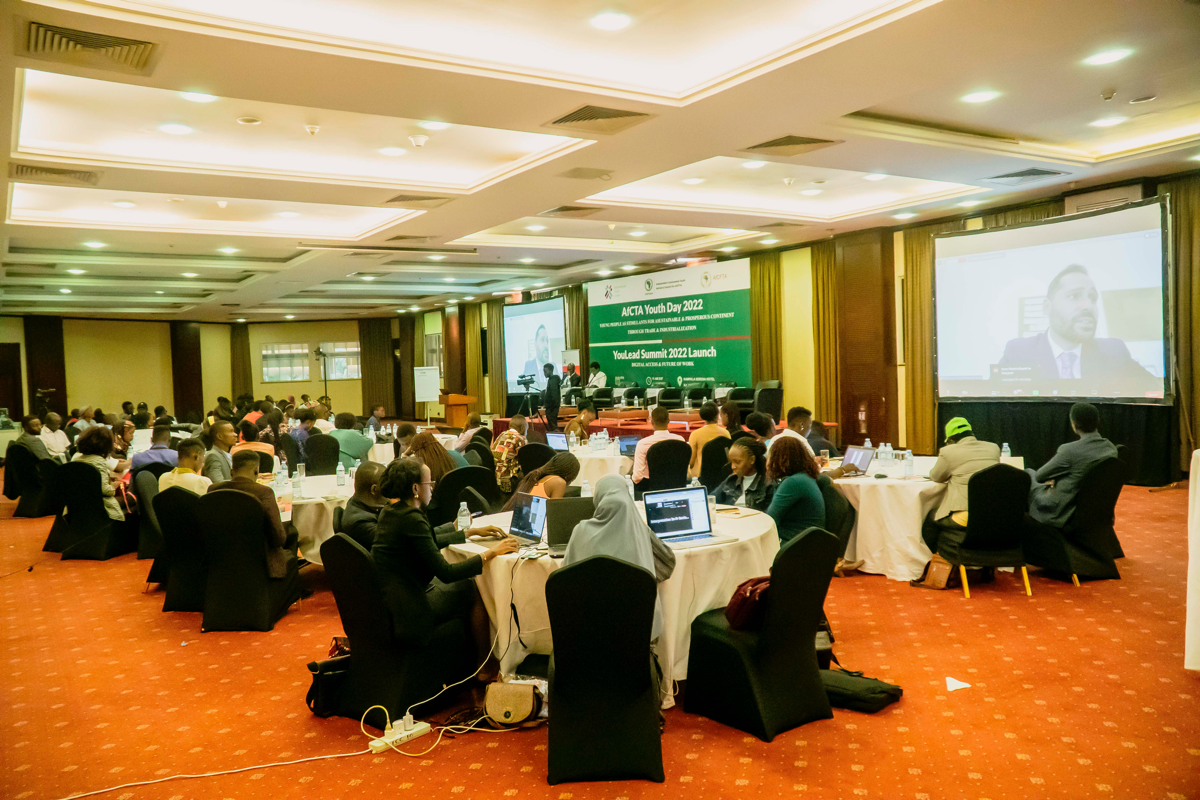




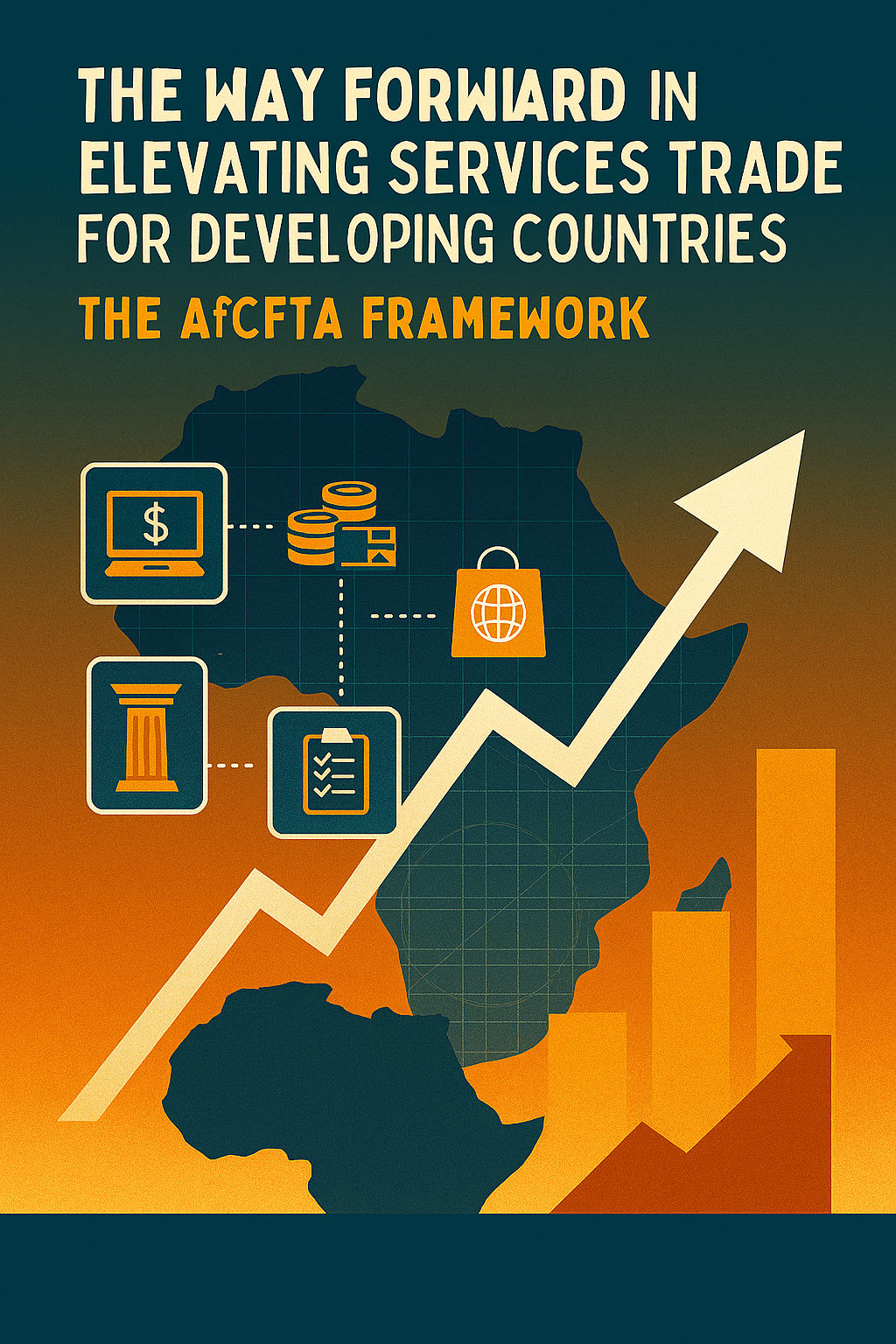
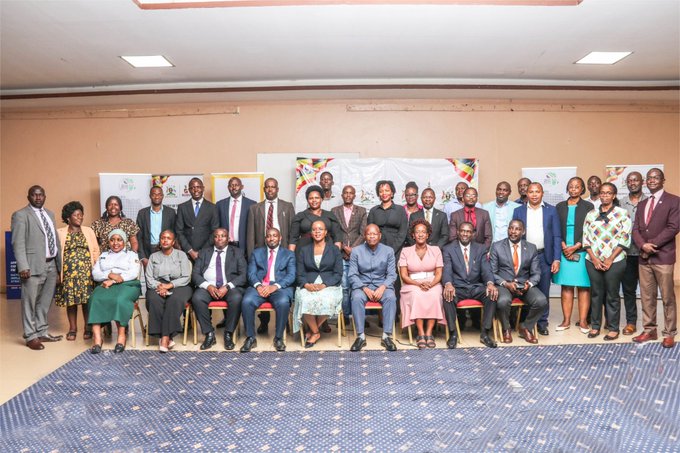
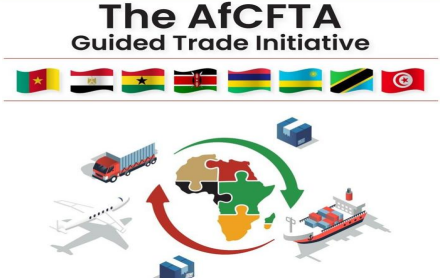
Share This News